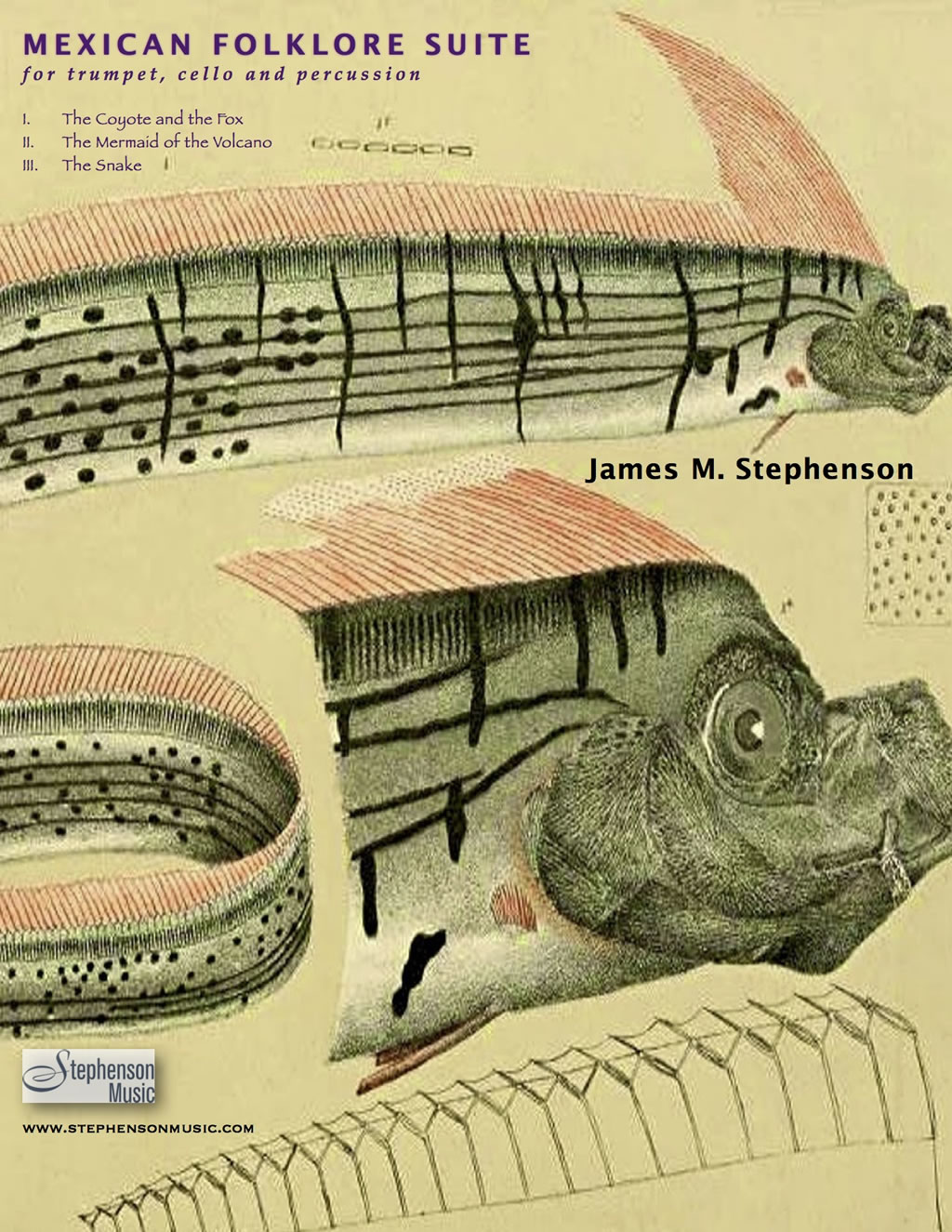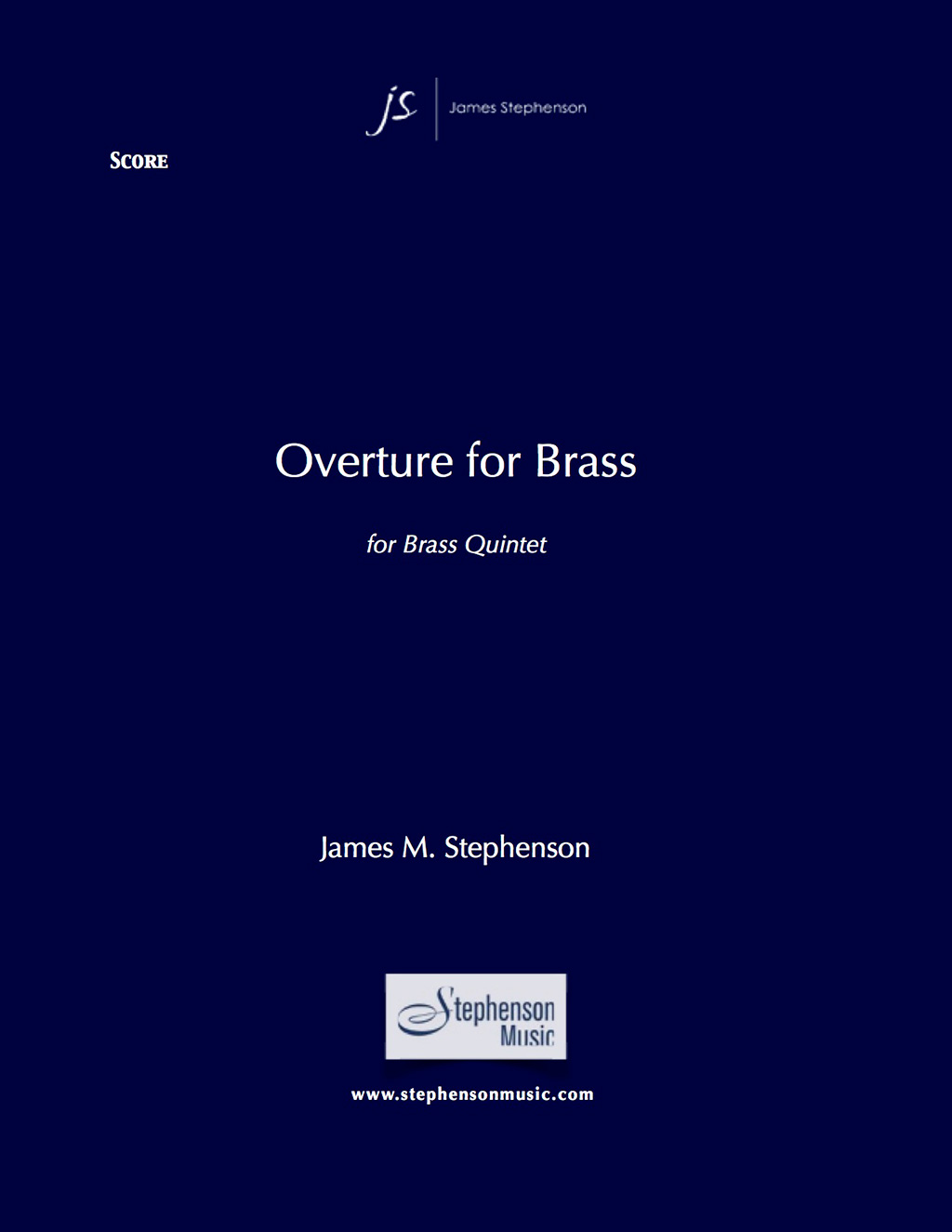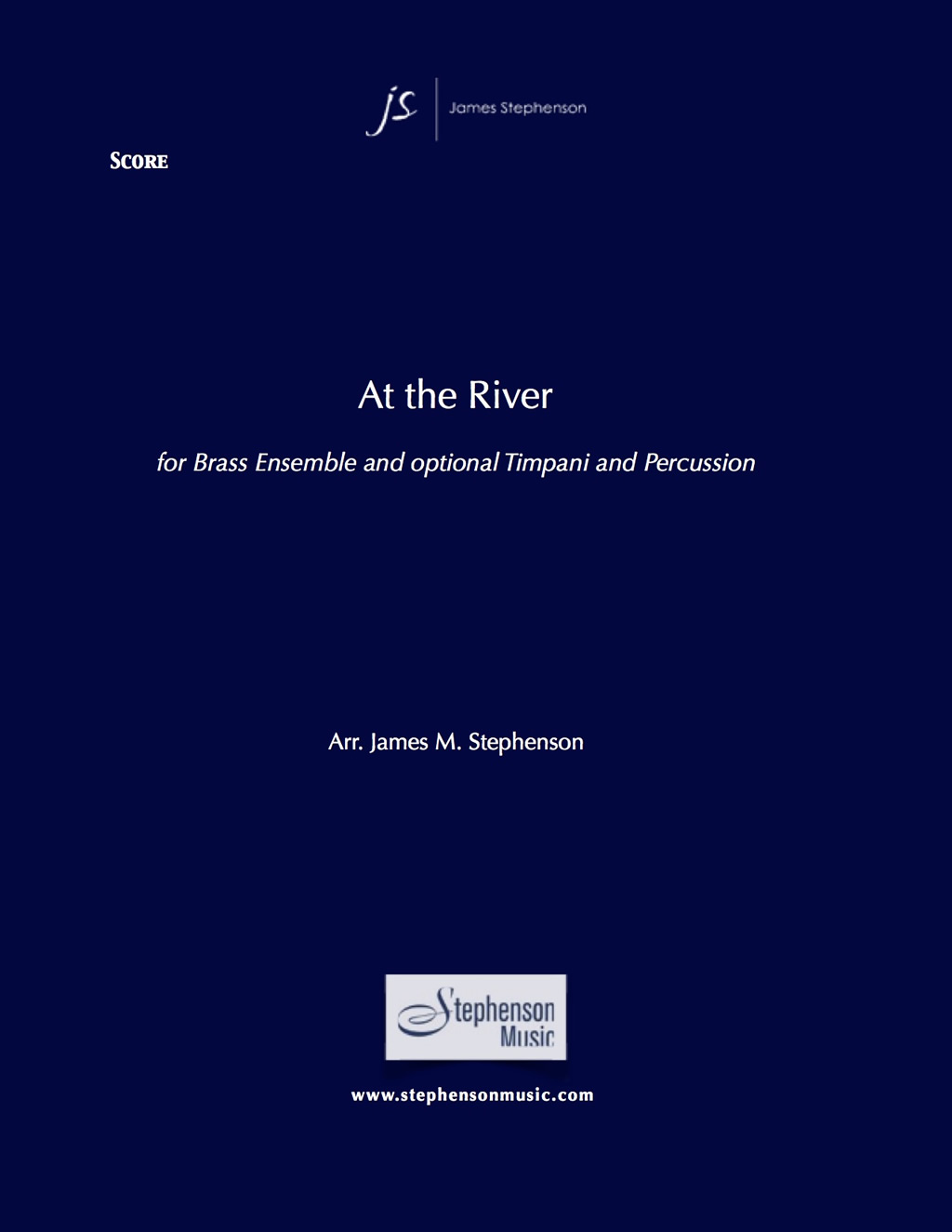Mexican Folklore Suite
$35.00
For trumpet, cello, and 1 percussion.
Description
Commissioned by Drumpetello (Members: Mary Thornton, trumpet; Carrie Mae Pierce, cello; Matthew McClung, percussion)
Mvt. I. The Coyote and the Fox
duration: 5’30″
View Score
Mvt. II. The Mermaid of the Volcano
duration: 4′
View Score
Mvt. III. The Snake (Folk story from Padilla, Tamaulipas)
duration: 4′
View Score
THE COYOTE AND THE FOX
The music in this movement of the ‘Mexican folklore suite’ is inspired by my own adaptation of this common Mexican folk tale. In it, we are presented with the ever-conniving fox, who aims to trick the rather simple-minded coyote at every turn. (I reversed some anecdotes in the tale, so as to aid the form of the movement).
The opening music represents a general chase scene, where one might expect to see a fox forever being pursued by a coyote, therefore needing to use his wits rather than speed to escape.
The first event of “trickery” occurs at rehearsal C: “the cheese and the lagoon”. To summarize:
When walking by the lagoon, the fox notices some cheeses in the lagoon. They discuss how to get the cheese out of the water:
C: “How can we get it out?”
F: “By drinking all of the water.”
C: “We’ll never finish. It would be better if I dived in to get it out.”
(he throws himself into the water, but cannot dive down to get the cheese)
C: “Brother fox, I cannot dive. You would have to tie a stone on me for me to be able to get the cheese.”
F: “Yes, it would be better to tie a stone to you so you could go straight to the bottom.”
(the coyote then went straight to the bottom and died and never came out.)
The music is rather regal (sounding), and is taken from a Mexican folk-dance called “The Deer and the Coyote”.
The percussion part calls for a cheese-grater to be used (like a guiro); most notably a special effect is employed at the end, where as the coyote (cello) sinks down, down, down, the cheese grater is used to create a bubbling, gurgling sound.
The second “trick” is preceded by brief chase music, and the story goes as follows (here’s where I have reversed the tale):
The coyote’s brother (remember, the first coyote died in the lagoon) now goes to find the fox, and discovers him leaning against a wall. “Now without fail, I shall eat you,” the coyote says to him.
C: “No, brother, don’t eat me. Look, I’m holding up the sky, so it won’t fall on us and kill us. Stay here in my place so that I can go and bring you the hens to eat.” (and so the coyote replaces the fox, who, of course, leaves him there.)
The music (rehearsal G) is rather jazzy, and suggests a very cool and suave fox, who is able to convince a coyote to merely lean against a wall. The percussionist – if practical – is asked to use a wood board, to signify the wall.
The third “trick” follows immediately (rehearsal J), where the fox promises the coyote many hens to eat.
The fox says:
F: “Brother, you stay here because we are going to have a fiesta. I’m going to bring you many hens to eat.
When you hear fireworks, you begin to dance. There will be much smoke, so you will not see the hens.”
(the fox goes behind the reeds and sets them on fire; whereupon once burning they crackle like firecrackers.)
C: (thinking to himself): “Now let brother fox come and bring the hens. I’m going to eat a lot!”
(but the fox does not come, and there is nothing more than the noise of the fireworks. The noise and the fire get closer and closer, and the coyote is forced to jump and dance to avoid the flames.)
The fireworks are represented – again – by the percussion, as the player uses the rim of the Tambora and Snare Drum to recreate the sound of fireworks getting closer, faster and louder. The cello part gets more active and more acrobatic, as the coyote begins to dance and hop to avoid the fireworks. The chase music returns, signifying that the chase will always be on, as the coyote will never catch the cunning fox.
Notes about music and performance:
The trumpet is requested to use a solo-tune mute. This is preferred, but if not available, a harmon with stem-in should be substituted. The tambora drum is a Dominican drum, but is used quite often in Mexico. The lower notes are with the stick, and the upper notes are hand-strikes. Rim strokes are notated with an x as a notehead. Cheese-grater and 2’x2′ wood plank suggestions for performance are notated within the percussion part.
Jim Stephenson
THE MERMAID OF THE VOLCANO
Folk story from the State of Mexico
One evening, Don Evaristo was telling Emily and me some new stories from different parts of Mexico about fabulous animals. Doña Almanda suddenly suggested: “Evaristo, tell our friends that beautiful but sad story about the mermaid.”
“Which one?” He wondered.
“You know. The one we heard when we went to see the ‘Nevado de Toluca’.” She explained.
Tale written by Homero Adame.
“Ah, yes! A beautiful, but very sad story!” He said, and was very quiet for a long minute. “Near Toluca, in the State of Mexico, there is a beautiful volcano called ‘The ‘Nevado de Toluca’, because it always has snow on top,” he began. “At the top, in the crater, there is a lake. People say that a mermaid now lives there. She was once a quite normal young girl, but one day, she walked up the volcano with her father, who wanted to get some snow. While he was collecting the snow, the girl suddenly decided to go for a swim in the lake. Suddenly, as she was washing her hair, she felt something pulling her down, down, down, deep into the impenetrable black waters of the icy cold lake. Shortly after, her worried father started to look for her, but of course, he could not find his beloved daughter anywhere. He became more and more anxious. Then, all at once, he heard his daughter’s sweet, clear voice, saying: ‘Dearest Daddy, please don’t look for me any more. I am safe, but I am under a spell, and it is my destiny to stay here in the lake, forever. I can never leave the lake again, because my body is now half human and half fish. I am a mermaid. A mermaid who lives at the top of a mountain…’ The man searched and searched until he fainted from exhaustion, not wanting to believe his ears.
Written by Homero Adame and taken from the English textbook Activate! 2.
By Carol Lethaby, Homero Adame and Pat Grounds. Ediciones Castillo, S.A. de C.V. Monterrey, Mexico. 2003. P. 100.
Notes about music and performance:
Percussion: Realizing that water-gourds are somewhat unique and rare, it is understood that other instruments/drums may need to be substituted. If water-gourds are obtainable, they would be preferable, and the extra effort would be appreciated by the composer. The pitches of whichever instruments are selected should be low, medium, and high, and the lowest note should be one of much resonance. Furthermore, if water-gourds are used, and techniques other than what I have indicated can be substituted and used effectively, then ad-lib. is highly recommended.
Trumpet: The “whispa” mute is indicated to reflect any mute that is a Shh mute, or practice mute – whichever achieves the softest and most in-tune result. Individual preference is expected. Extra vibrato on occasion is suggested, to hint at mariachi style.
Cello: There is indication for the D string pizz. to be tuned using the “chin”!! This was witnessed just once by the composer, and therefore assumed as a possibility. Subsequent alterations deemed necessary by the performer are perfectly acceptable, but only if done while laughing at the composer for his crazy expectations of the player…
There is also an indication for a triple stop (on two occasions), where the B-natural is to be just touched upon while sustaining two lower strings. This is meant to sound imperfect, almost as if a triple stop is being attempted, but can’t be sustained. Exact replication of what is notated is not expected, but can almost be ad-libbed instead.
Also – if the strummed pizzicati mean that extra time must be taken so as to execute, then so be it. Rubato playing is encouraged.
All: There is an indication at the end for someone to whistle (symbolizing a siren song of the mermaid). You can all fight it out and have auditions (only behind a screen!)
so as to see who gets to perform this role. However, if no one can do it, it may be omitted.
Lastly: though the melodic material is completely original, care was taken to make it sound Mexican. To that effort, strains of a folktune called Me Abandonas (“You Abandon Me”) were borrowed, but adapted to my needs.
THE SNAKE
One cool evening, we were sitting on the porch at Don Evaristo’s in the moonlight. We had been talking about Quetzalcoatl, the ‘Plumed Serpent,’ the Mayan counterpart, Kukulkan, and the very similar figure of Viracocha, among the Incas. After a long, pensive silence, Don Evaristo said:
“Yes, the snake has traditionally been a very strong motif in most cultures of the world. It’s a symbol of wisdom, but at the same time, it’s often also a symbol of death or trickery.” “Do you know any modern stories about snakes?”, asked Emily. “Oh, sure! Here’s one from the state of Tamaulipas – from the reservoir that swallowed up the town of Padilla. “Padilla, incidentally, was once a prosperous city, which played an important role in Mexico’s imperial past. At the time, Padilla was the capital of Tamaulipas, believe it or not! Folk tale written by Homero Adame.
“On July 19th, 1824, Agustin de Iturbide, ex-president and emperor of Mexico, was executed there, by a Federal Government firing squad. It was, in fact, just after Iturbide’s return from exile. Then, 171 years later, this town wrote its last page in history: it disappeared under the waters of the Vicente Guerrero reservoir. Nowadays, when the reservoir waters are at their lowest point, you can just see the remains of Padilla – a ghost town, no more than the ruins of the former church and the schoolhouse. Nothing else is left of its illustrious past. Folk story written by Homero Adame.
“Anyway, back to the snake story – a fisherman who works on the Vicente Guerrero reservoir said to me one day: ‘You know what, Evaristo, all those things they say about the snake in the middle of the reservoir are true! I’ve seen it with my own eyes! ‘One weekend, we all went out fishing as usual, and we were taking the boat out to the middle of the reservoir because that’s where the biggest fish are. So, there we were, cruising gently along, when one of my friends said: “Look! Over there! There’s a rattlesnake in the water!” Now, that was a very strange sight to see, because any child knows that rattlesnakes only live on land, right? But we hadn’t seen anything yet! We stopped the engine, to stare at the snake, and imagine our surprise! Before our very eyes, the snake rose up in the water, up and up till it was standing up, as straight as a rod, on its tail! We were all struck dumb with amazement! Then the snake bent its head back down towards the water, dived in, and disappeared from sight! We just didn’t know what to think! If anyone else had told me the same story, I would have thought he was inventing it.
But I swear to you, I saw the whole thing with my own eyes, and it’s as true as I am standing here today! ‘None of us could stop talking about that rattlesnake, not that day, nor for many days to come. Most people thought it was just a typical fisherman’s tale, and that we were making it all up, but then another fisherman confessed that he had once seen the snake too. It was in the very same spot, and he saw it standing up on its rattle, too!’
Folk story found in Homer Adame’s blog
Written by Homero Adame and taken from the English textbook Activate! 2.
By Carol Lethaby, Homero Adame and Pat Grounds. Ediciones Castillo, S.A. de C.V. Monterrey, Mexico. 2003. P. 100.
Notes about music and performance:
This movement is a pretty straight-ahead rendering of the story.
The percussion (using the Teponaztli drum) and the cello represent a rather normal fishing trip. The melody of the cello
line comes from a traditional Mexican folksong about an alligator. The trumpet joins in on the folk music – as a companion on the trip – when the cello begins to represent the slithering snake lurking in the water. The ‘snake’ rises up higher and higher, until it is standing atop the water, and the rattle is heard (the ayacachtli). This sets off some rather frantic and scared music. The music again returns to the folksong, but this time the slithering snake is more sinister – represented by the cello sul ponticello. Again, it eventually rises up, and the frenetic music pushes all the way forward through the end of the movement, with the rattle a constant presence.
Instruments:
C trumpet and Bb piccolo trumpet
Cello: pizz and arco
Percussion:
Teponaztli: a type of (usually decorative) slit drum
used in central Mexico by the Aztecs and related cultures.
Ayacachtli: a Mexican rattle consisting of a container gourd stuffed with seeds.
In this case, the ankle-version, where many are harnessed together, would be preferred.
James Stephenson
Additional information
| Duration | |
|---|---|
| Featured Instrument | |
| Type of Purchase | |
| Type of Work |





